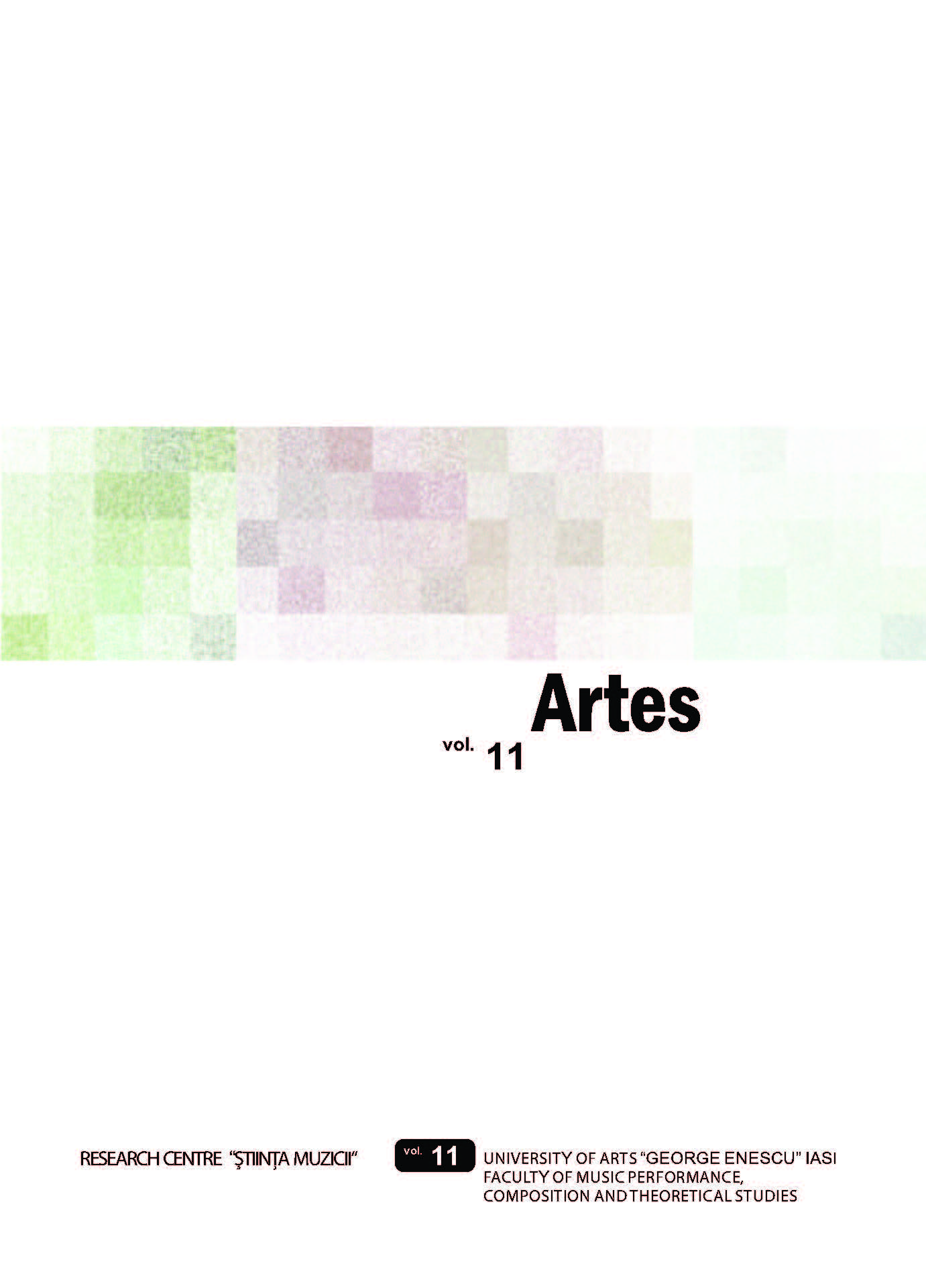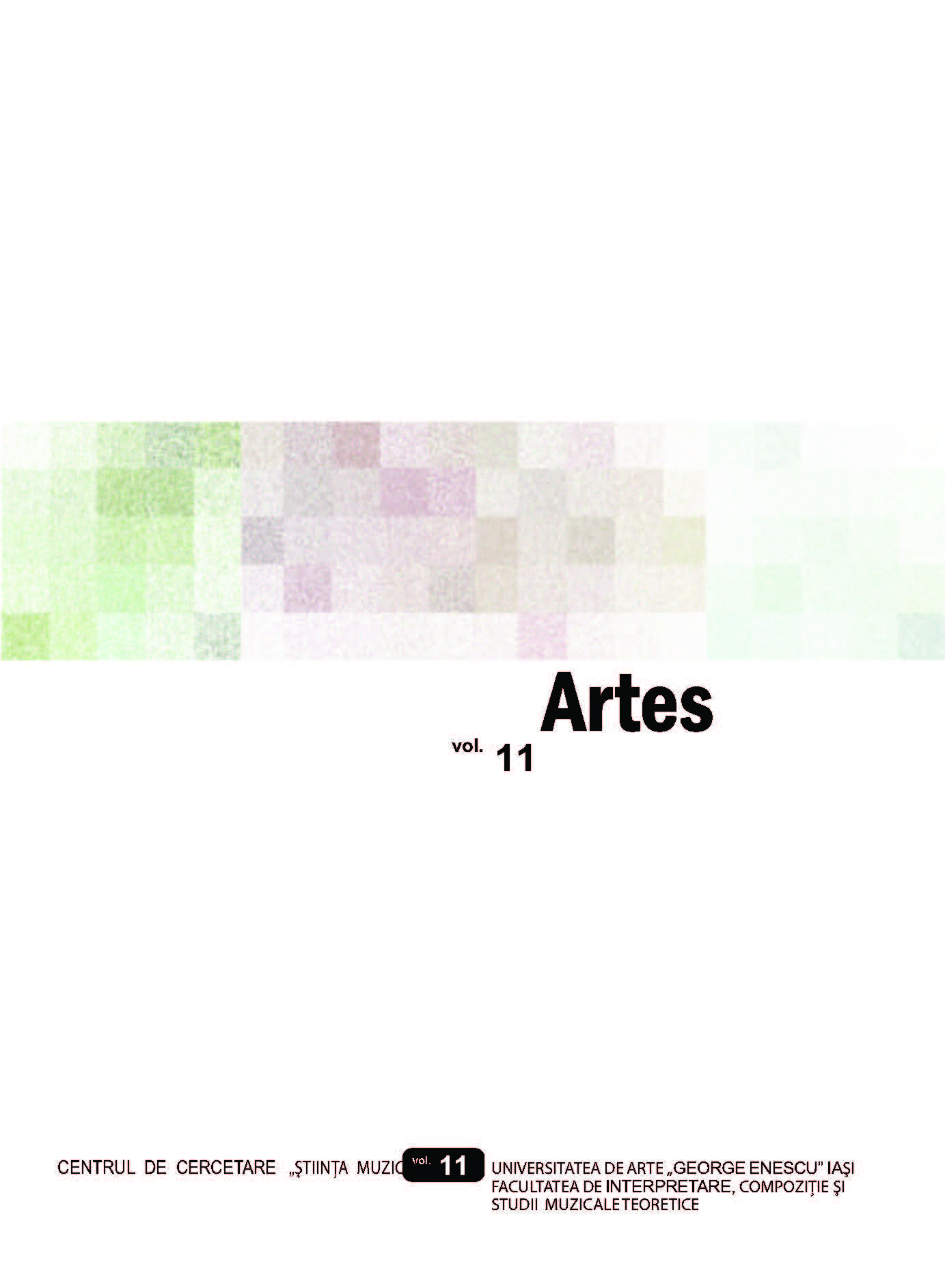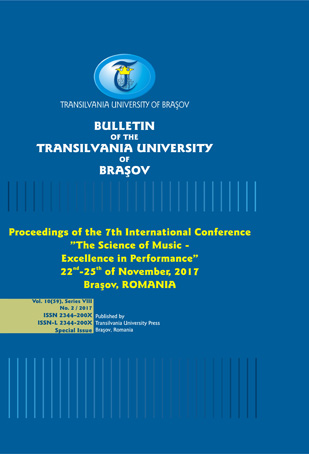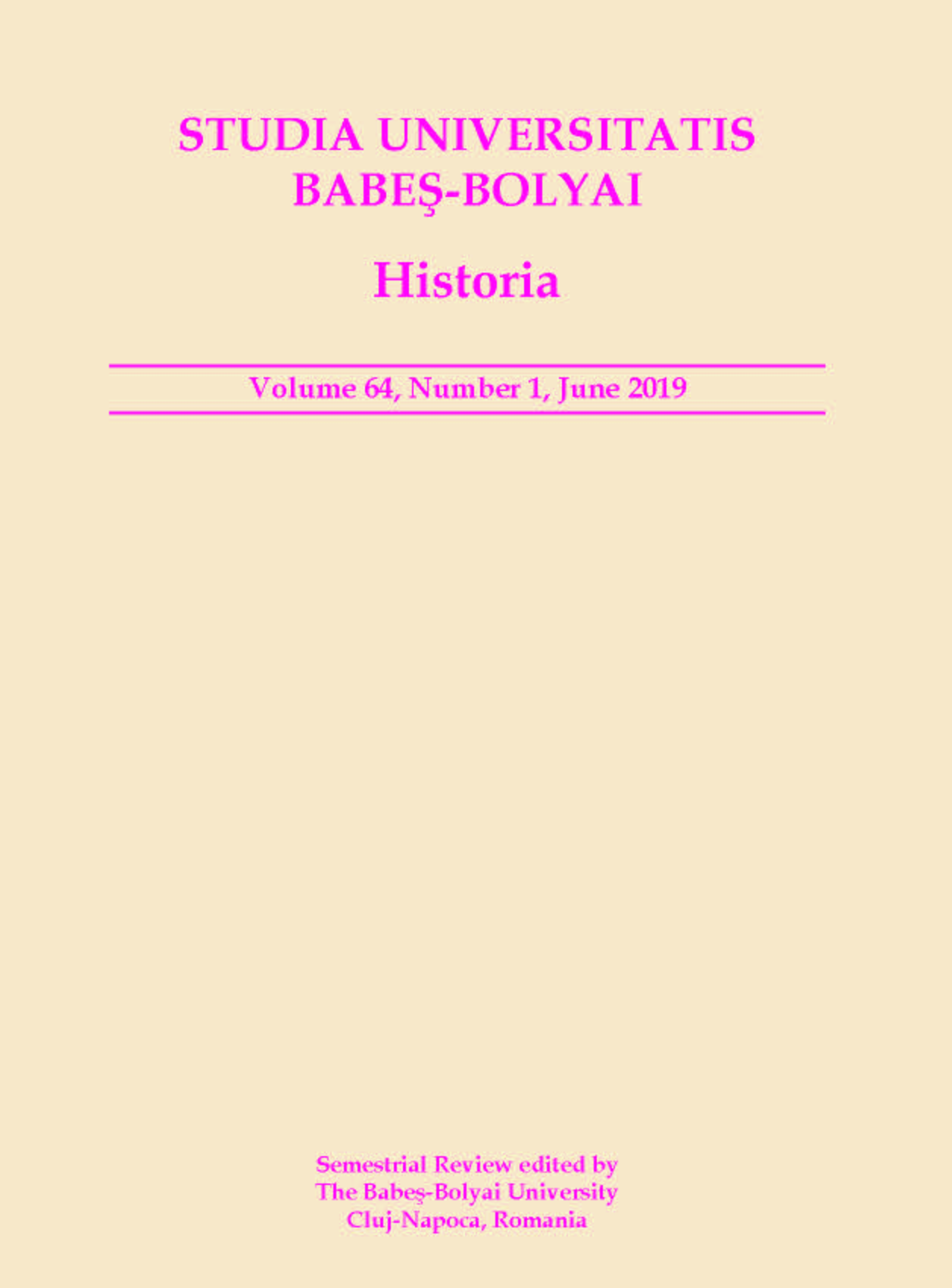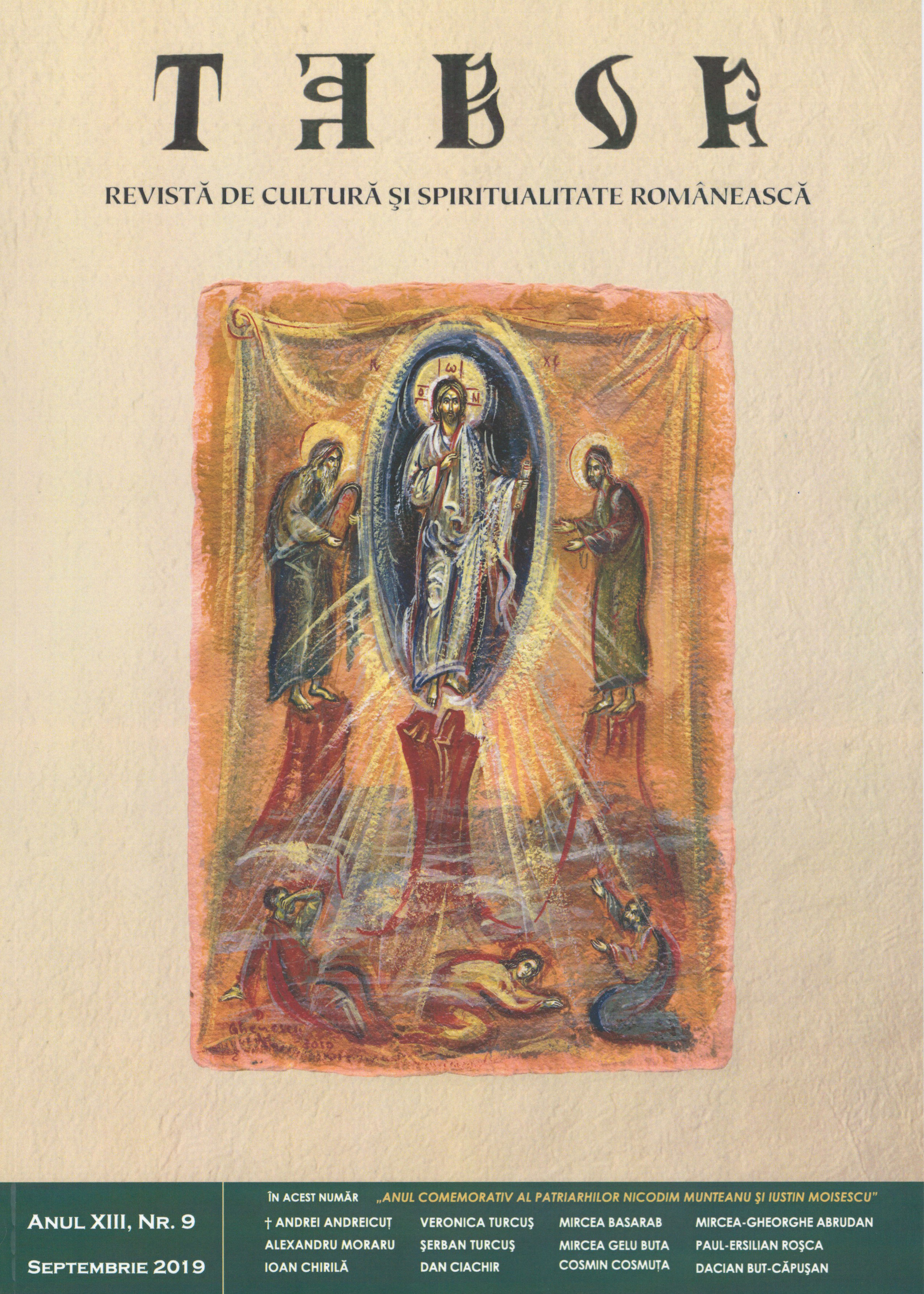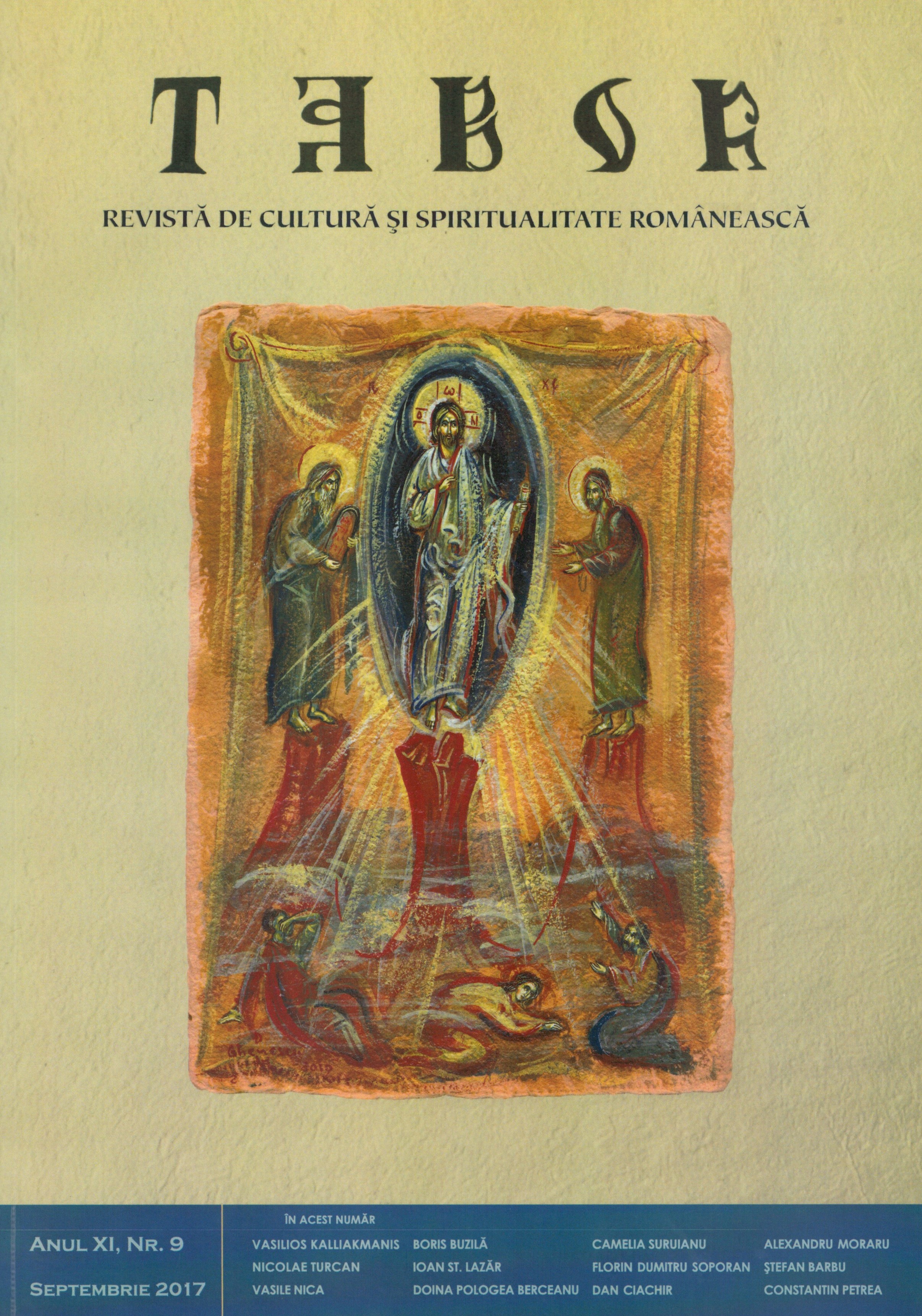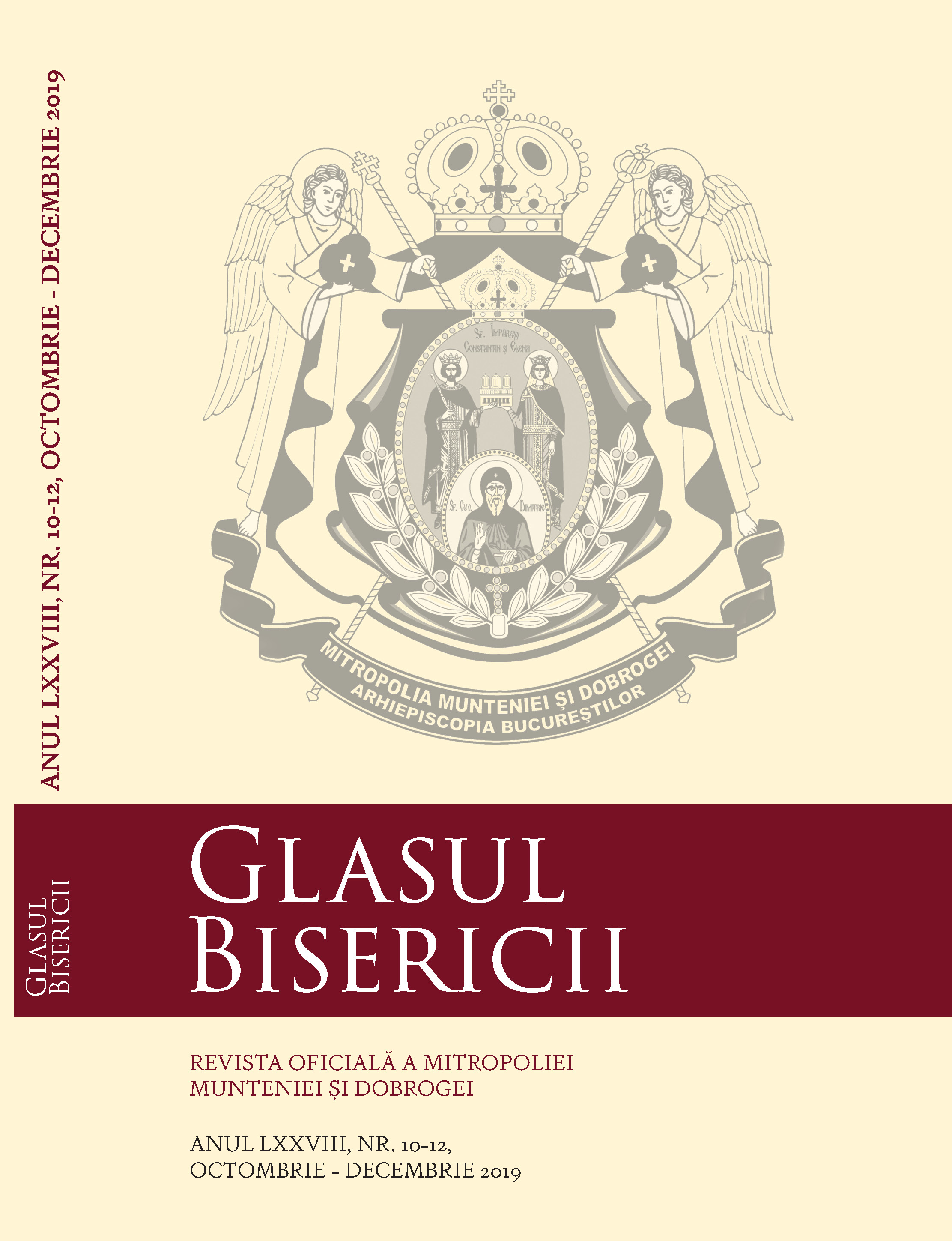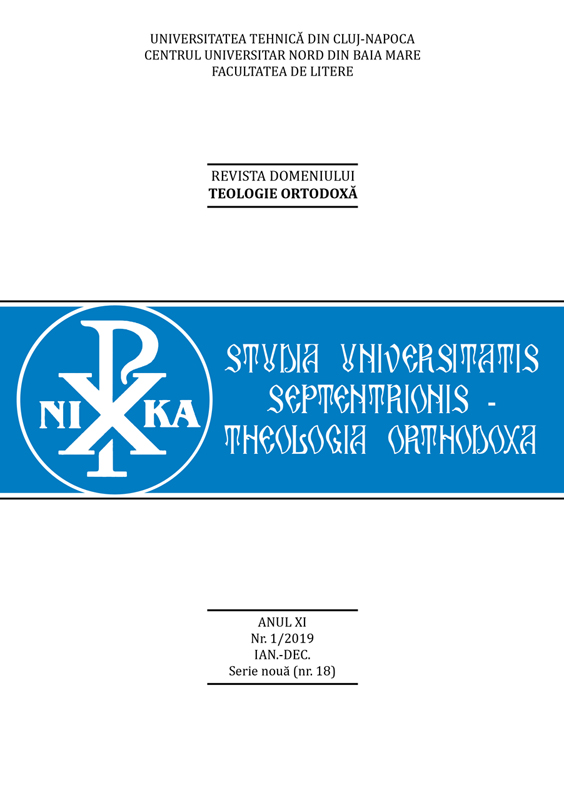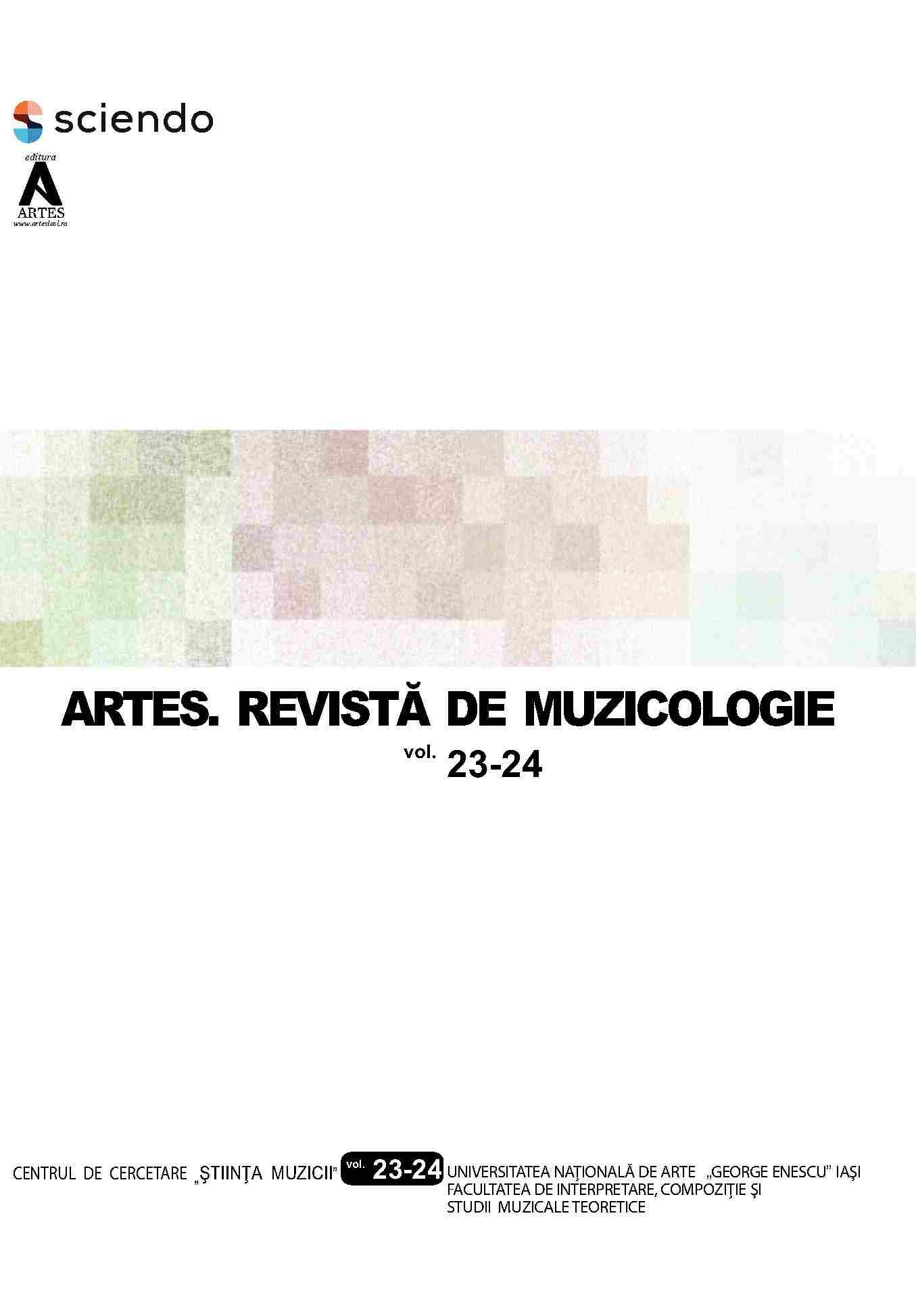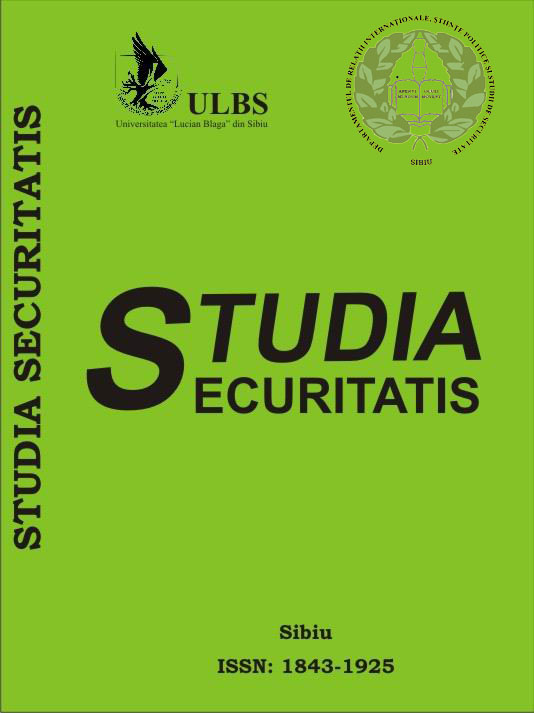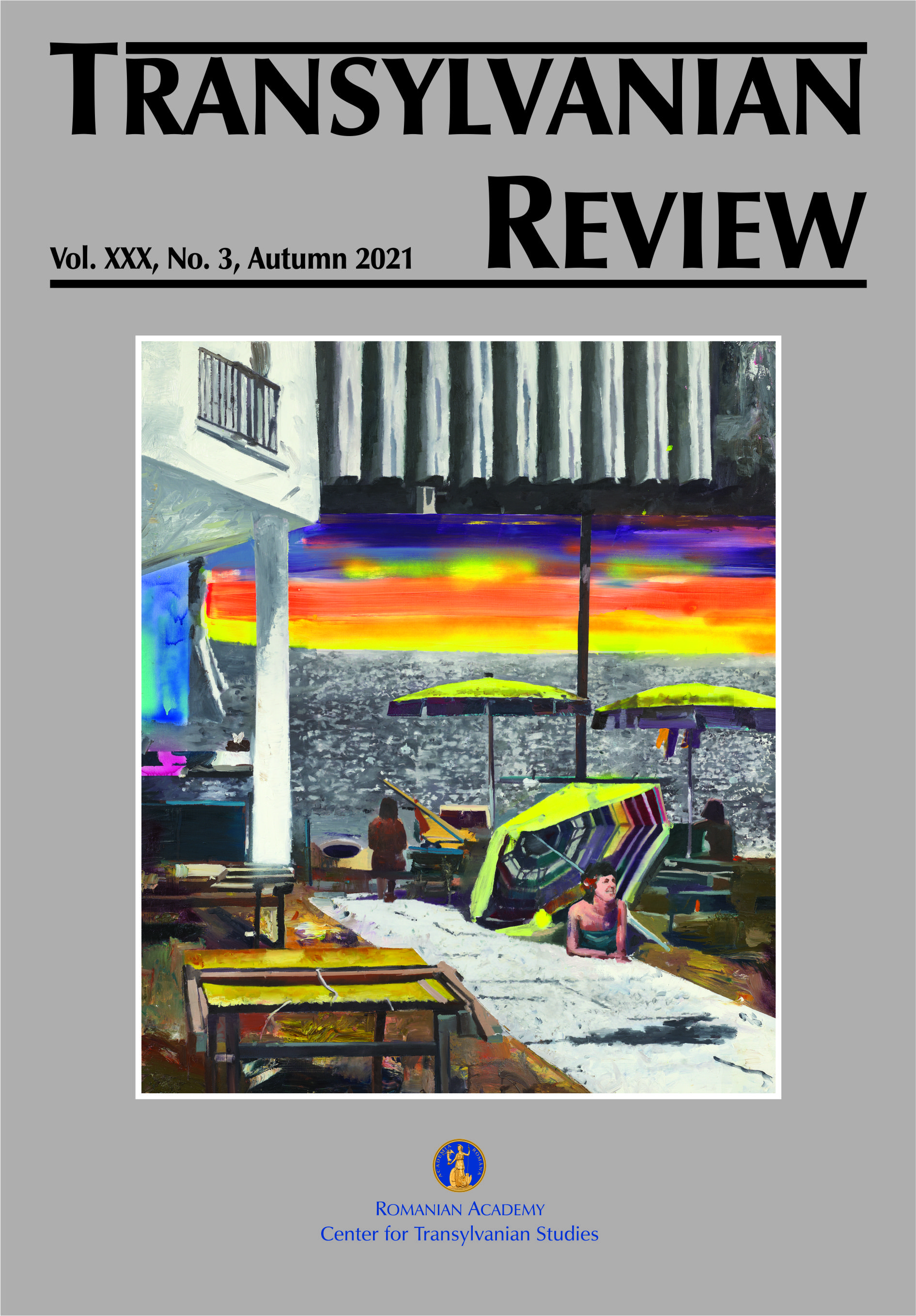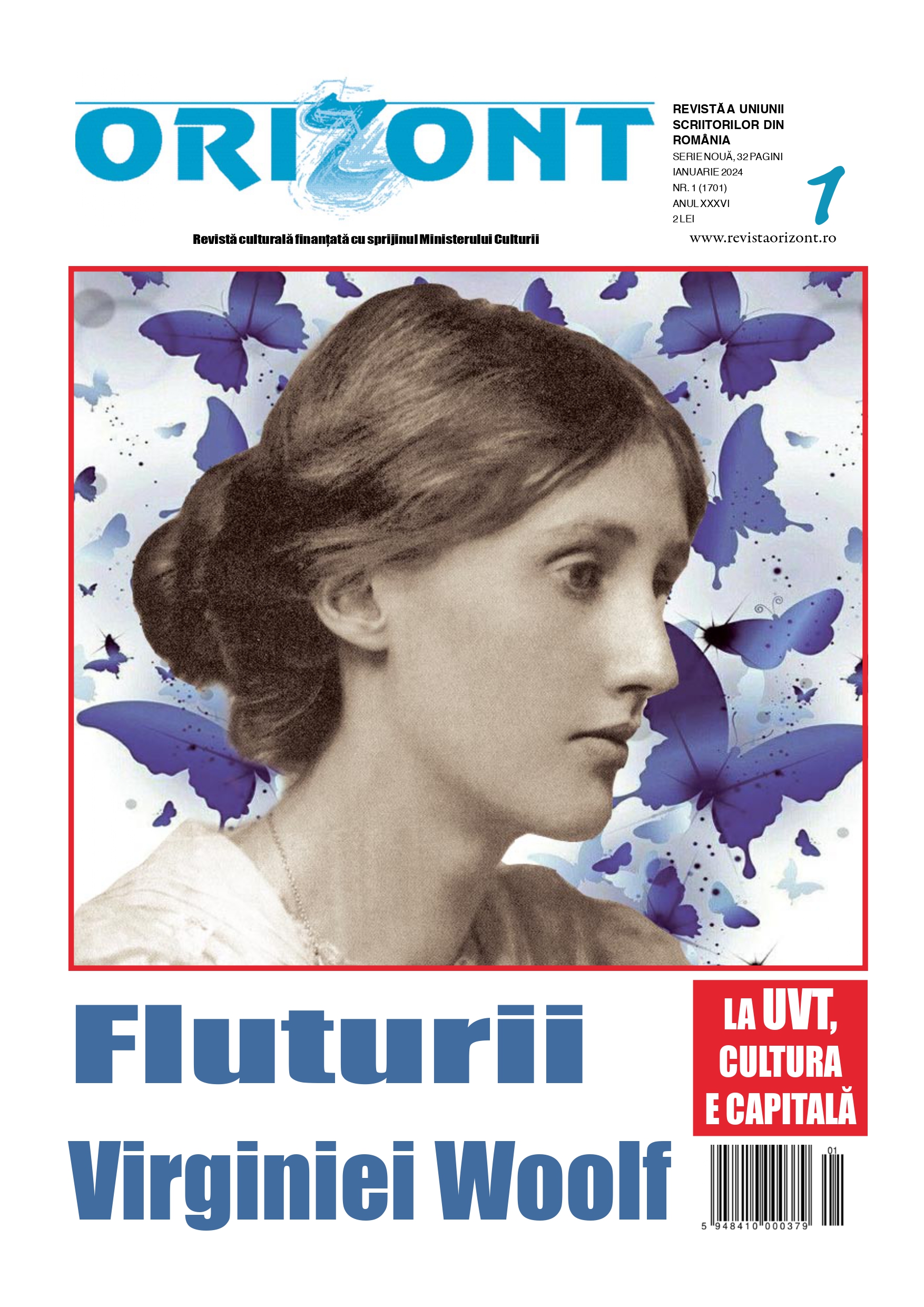De pe frontul din Galiția la Alba Iulia, o pagină de epopee națională de Valeriu Pascu
Author(s): Georgeta Deju / Language(s): Romanian
/ Issue: 9/2018
Keywords: Valeriu Pascu; memoirs; memories; World War I; Galicia; Great Union; 1st of December 1918; Alba Iulia; Orăștie;
The paper capitalizes a manuscript kept in the History and Art Department Fund of the Deva museum, which was donated in 1968 by a participant to the Great National Assembly from Alba Iulia, on the 1st of December 1918.The author of the manuscript, Valeriu Pascu (1893-1989), was born in Săcărâmb, Hunedoara County, his family moving afterwards in Orăștie. During 1914-1918, Valeriu Pascu has been officer in the Austro-Hungarian Army, with the rank of lieutenant. At the beginning, he came under the 64th Infantry Regiment in Orăștie, consisting of 85-90% Romanians, as he said. Since February 1915, he has been transferred to the 24th Infantry regiment in Kolomea-Galicia, in which there were mainly Ukrainian and Polish soldiers. For 29 months he joined the operative troops from the first lines of the front and he was injured twice: firstly on the 2nd of June 1915, in the battle near the town Przemyśl, in Galicia, secondly on the 17th of August 1917, on the Italian front. He returned home and, on the 3rd of November 1918, he joined the Romanian National Guard from Orăștie, as volunteer. He was adjunct of Lt. Col. Titu Cernăuțeanu, but also Chief of the Recruitment and Mobilization Department. Since February 1919, he came under the Romanian army, the 83rd Infantry Regiment from Cluj, as adjunct of Commander Lt. Col. Brandsch, with the rank of lieutenant, then being advanced to captain. He retired on the 31st of August 1922, his state of health being weakened by the injuries and illnesses acquired during the battles in which he took part, and due to the particularly difficult conditions in the trenches. He lived in Cluj during 1922-1940, then, due to the transfer of northern Transylvania through the Vienna Dictate (30th of August 1940), he has fled to Bucharest, where he lived until the end of his life. Valeriu Pascu died on the 21st of January 1989, at the age of 95. The evocation of the facts, described throughout the 18 leafs, starts at the end of October 1918, while Valeriu Pascu was in the garrison of Lemberg, in Galicia, and it ends with the events that he lived in Alba Iulia on the 1st of December 1918. The analysis of the document and the research in the fund of the History Department has naturally led to the discovery of a large number of other objects belonging to Valeriu Pascu, donated in 1976 and 1978, consisting of decorations, the infantry uniform, the graduation certificate of the Sibiu Hungarian high school, a photo of the main Tribune from Alba Iulia on the 1st of December 1918, an album with photographs of historical monuments, a photo album with war pictures, several books and newspapers (Pl. I-III). Written fifty years since they have happened and brought fully into attention a century after the lived and narrated events, Valeriu Pascu’s memories are a remarkable historical source, giving us the privilege of recovering a fragment from the history of events around the Great Union. They reflect the emotional state in the Transylvanian cities, the Romanians' determination not to give up the struggle for national affirmation, the huge joy of seeing, wearing or waving the Romanian tricolour flag, an exemplary organization of the Great National Assembly in Alba Iulia on the 1st of December 1918, the belief in a Great Romania. We “see” Valeriu Pascu walking his way back home from Galicia after he stood under arms for four years, safely caring 400 soldiers to Cernăuţi and Bistriţa. On his way to Orăștie, he met and talked with personalities of the Romanian political life that fought for the Union, of which we mention Iancu Flondor, Amos Frâncu, Elie Dăianu, Emil Isac. It happened that he stood on the tribune from Alba Iulia, next to Bishop Miron Cristea, Bishop Iuliu Hossu, advocate Aurel Vlad, when communicating the will of the Transylvanian Romanians to unite with Romania (Pl. III/1-2). So he appears in two of the few pictures made by photographer Samoilă Mârza.
More...

